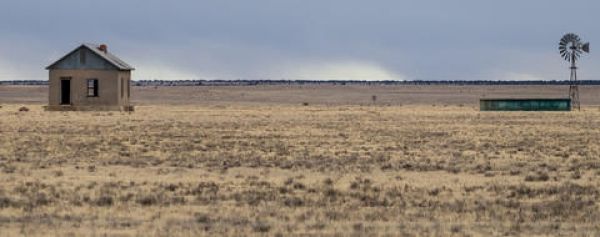“Microbes do an enormous amount for the grasses that drive the world’s agriculture,” says Emily Bechtold, a graduate student in UMass Amherst’s microbiology department and lead author of the paper recently published in Applied and Environmental Microbiology. “They protect from pathogens, provide the grass with nutrients such as nitrogen, supply hormones to bolster the plant’s health and growth, protect from UV radiation and help the grass manage drought.” Yet, the increased severity and longevity of climate-change-driven drought conditions across the world is sapping the ability of the microbiome to thrive.
Since 60% of all agriculture is grass-related – think of the cows, sheep and other grass-munching livestock that provide meat, milk, cheese, leather, wool and other staples – the bacteria living on grass touches every aspect of our lives, from what we eat for breakfast to food security, economics and international development.
The new research, which is the first of its kind, focuses on two different types of grasses: those that make up the majority of grasslands in temperate zones and those that predominate in tropical regions. “The goal of this research,” says Klaus Nüsslein, professor of microbiology at UMass Amherst, and the paper’s senior author, “is to be able to manage the interactions between plants and the bacteria they host in order to support a truly sustainable agriculture.”
Continue reading at University of Massachusetts Amherst
Image via University of Massachusetts Amherst


